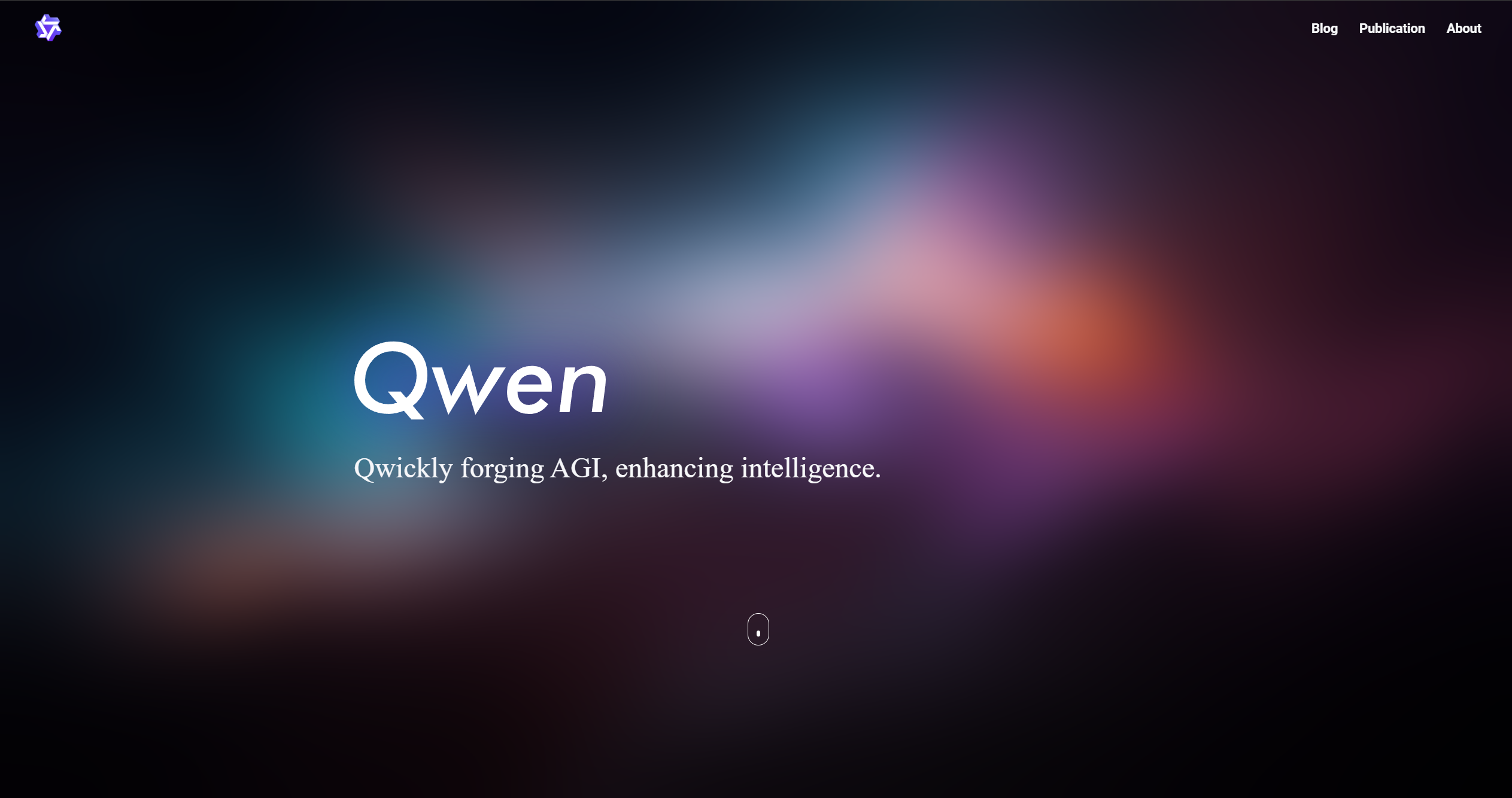Table of Contents
Overview
In the ever-evolving landscape of AI, staying ahead requires access to powerful and versatile tools. Enter Qwen 2.5, Alibaba Cloud’s latest suite of large language models (LLMs) designed to push the boundaries of what’s possible. Featuring advanced architectures like Mixture-of-Experts (MoE), vision-language integration, and impressive long-context processing capabilities, Qwen 2.5 is poised to become a game-changer for both enterprise applications and AI research. Let’s dive into what makes this LLM family so compelling.
Key Features
Qwen 2.5 is packed with features designed to tackle a wide range of AI challenges. Here’s a closer look at its standout capabilities:
- Mixture-of-Experts Architecture: This advanced architecture enables efficient scaling by dynamically routing inputs to specialized expert networks, resulting in enhanced performance and resource utilization.
- Vision-Language Integration: Qwen2.5-VL boasts powerful vision-language integration, allowing it to comprehend and analyze documents and videos with remarkable accuracy.
- Long-Context Processing: With the ability to process up to 1 million tokens, Qwen2.5-1M excels in tasks requiring extensive contextual understanding, such as long-form content generation and complex document analysis.
- Open-Source Availability: Qwen 2.5 is available under the Apache 2.0 license, promoting accessibility and collaboration within the AI community.
- Multilingual and Multimodal Capabilities: This suite of models supports multiple languages and modalities, making it a versatile solution for diverse applications.
How It Works
The power of Qwen 2.5 lies in its sophisticated training process. The models are pretrained on massive datasets, providing a solid foundation of knowledge. This is followed by fine-tuning using supervised learning and reinforcement learning from human feedback, ensuring the models align with human preferences and deliver high-quality outputs. The Mixture-of-Experts (MoE) architecture plays a crucial role, allowing the model to dynamically route inputs to specialized expert networks, optimizing performance and efficiency for different tasks.
Use Cases
Qwen 2.5’s versatility makes it suitable for a wide array of applications. Here are a few key use cases:
- Enterprise AI Solutions: Streamline business processes and enhance decision-making with intelligent AI solutions powered by Qwen 2.5.
- Document and Image Analysis: Extract valuable insights from documents and images with Qwen2.5-VL’s advanced vision-language capabilities.
- Long-Form Content Generation: Create high-quality articles, reports, and other long-form content with Qwen2.5-1M’s impressive long-context processing abilities.
- Multimodal Applications: Develop innovative applications that seamlessly integrate text, images, and audio, unlocking new possibilities in AI.
- AI Research and Development: Explore the potential of large language models and contribute to the advancement of AI technology with Qwen 2.5’s open-source access.
Pros & Cons
Like any powerful tool, Qwen 2.5 has its strengths and weaknesses. Let’s examine the pros and cons:
Advantages
- High performance across various benchmarks, demonstrating its capabilities in diverse tasks.
- Versatile applications, making it suitable for a wide range of industries and use cases.
- Open-source access under the Apache 2.0 license, fostering collaboration and innovation.
Disadvantages
- Large model sizes may require significant computational resources, potentially increasing infrastructure costs.
- Some models have usage restrictions in certain regions, limiting accessibility for some users.
How Does It Compare?
In the competitive landscape of large language models, Qwen 2.5 holds its own against industry giants.
- GPT-4o: Qwen 2.5 matches or surpasses GPT-4o in certain benchmarks, showcasing its competitive performance.
- DeepSeek-V3: Qwen 2.5 outperforms DeepSeek-V3 in efficiency and scalability, making it a more resource-friendly option.
- LLaMA 3.1: Qwen 2.5 offers better multimodal integration compared to LLaMA 3.1, providing a more comprehensive solution for applications involving multiple modalities.
Final Thoughts
Qwen 2.5 represents a significant step forward in the evolution of large language models. Its advanced architecture, impressive capabilities, and open-source availability make it a compelling choice for enterprises, researchers, and developers alike. While the computational requirements and regional restrictions are worth considering, the potential benefits of Qwen 2.5 are undeniable. As the AI landscape continues to evolve, Qwen 2.5 is well-positioned to be a key player in shaping the future of intelligent applications.
